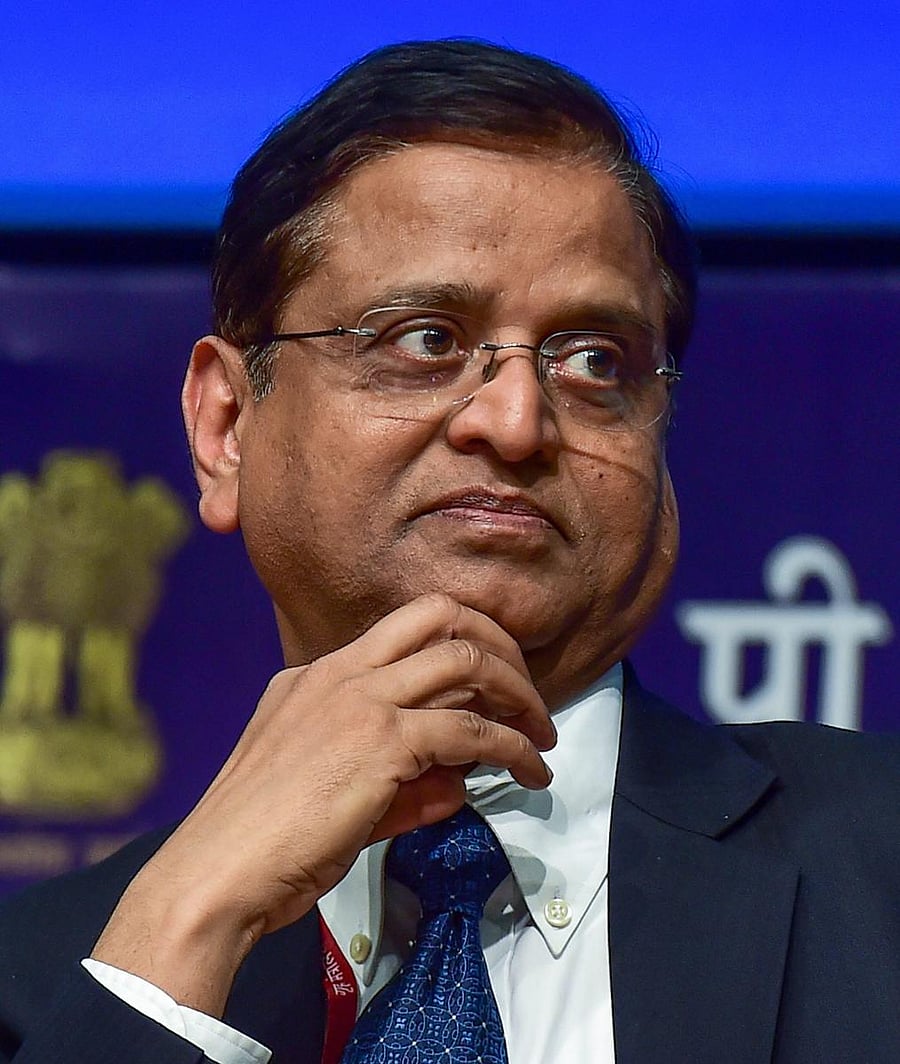
Focus has returned on the role of the bureaucracy in the central government following the controversy surrounding the ouster of IAS officer Subhash Chandra Garg from the finance ministry. Soon after the Appointments Committee of Cabinet headed by Prime Minister Narendra Modi approved the former Finance Secretary’s transfer, as part of a larger bureaucratic reshuffle, he announced that he had applied for voluntary retirement from government service.
There are many differing views on the sequence of events and the real reasons behind Garg’s ouster and his decision to hang up his boots mainly because the government has not spoken in one voice. The versions of Garg and various officials of the finance ministry, including Finance Minister Nirmala Sitharaman do not fully tally.
The developments have served a reminder of the fact that no bureaucrat has been able to play the role in the Modi Government such as AN Verma had in the P VN Rao-led government. Or, Vijay Kelkar in the AB Vajpayee government.
These were bureaucrats who shaped the economic reforms agendas for their prime ministers. As the principal secretary to Prime Minister Rao, Verma was the key figure behind the industrial de-licensing of 1991. A stint as the secretary in the industry department, where he worked closely with adviser Rakesh Mohan (later appointed Economic Affairs Secretary and Reserve Bank of India (RBI) deputy governor), had given him insights into the working of the industry policy.
Author of the ‘M’ document, an early blueprint of the reforms that eventually got kicked off in 1991, Montek Singh Ahluwalia, a non-IAS domain expert, was appointed Economic Affairs Secretary when Manmohan Singh was the finance minister and drove the reforms agenda. He later becomes the intellectual driving force behind the transition to inflation-targeting monetary policy that – although, it is not widely known – was approved by the Manmohan Singh-led government and only rolled out by the Modi government.
Similarly, Kelkar, in various capacities, including as finance secretary and later adviser to the finance minister, played a central role in, among other reforms, those related to indirect taxes, including the transition to the Value Added Tax (VAT) and the Goods & Services Tax (GST). He was accorded the distinction by the Modi government of being invited to the midnight launch of the GST in the Central Hall of Parliament.
In this wise-set is also YV Reddy, who was later appointed as deputy governor and then governor to the RBI. Ahead of the 1991 crisis, Reddy, an IAS officer, chose a posting in the finance ministry in the department overseeing the Balance of Payments, including managing external commercial borrowings, in anticipation of the impending crisis. He opted to confront intellectual and policy challenges. The option he had turned down was considered more prestigious. Indeed, the crisis, as it unfolded, became a turning point in Reddy’s career.
But who is Prime Minister Modi’s AN Verma, YV Reddy? Or, Vijay Kelkar?
Bureaucrats are more or less all the time in a race and competition with each other to impress a prime minister. They try to second guess a prime minister and give him or her what, they think, he or she wants to hear. When you mostly hear what you want to hear, what you need to hear tends to get filtered out. This is a typical leadership limitation observed in private sector settings as well. It especially plays out when most bureaucrats heading ministries speak guardedly, fearing intrigue, secrecy and a trust deficit.
A prime minister, therefore, needs select trusted lieutenants to appraise him or her, in a manner they would be able to absorb the full import, of what is going to be the cost of persisting with the status quo and the urgency of a policy reform needed. And be a bulwark against destructive ideas such as demonetisation even if the prime minister is personally invested in them.
These are essentially the chosen few to whom prime minister gives his broad goals and who then thrash out the policy nitty-gritty. Such as policy measures needed to progress on the goal of reducing black money.
Not having such government insiders, those who know the system and work it to deliver, is a serious handicap.
There are examples of lateral entrants that were able to deliver the goods, but when they had someone like Verma in the PMO.
The Modi government has made tactical errors in appointments. In the case of Chief Economic Adviser (CEA) Arvind Subramanian for instance. Be it Arvind Virmani or Rakesh Mohan, effective economic advisers nearly never start their career in government at the level of the CEA, but rather learn the ropes and make allies in the system before taking up senior positions.
The limitation of a short bench strength of experienced ministers hurt the first Modi government's economic policy management.
The economy may not have been in the sort of slowdown it is in at the moment, had the policy decisions and responses been of a better quality.
Unless addressed, the depleted strength of sound economists and economist-bureaucrats in key positions means, the quality of policy formulation would remain constrained.
(Puja Mehra is a Delhi-based journalist. Her first book, The Lost Decade (2008-18): How India's Growth Story Devolved Into Growth Without a Story, has been published by Penguin Random House)
The views expressed above are the author’s own. They do not necessarily reflect the views of DH.